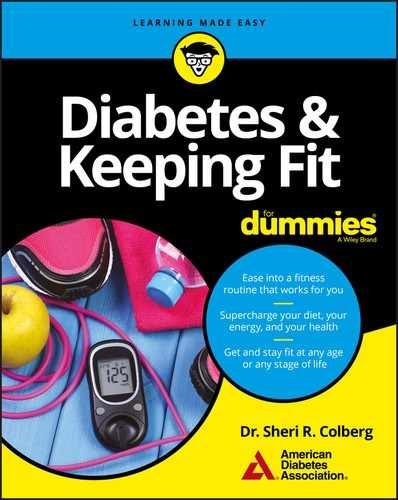Book Description
The fitness guide no person with diabetes should be without
Nearly one in 11 people in the United States are affected by diabetes, a staggering number with both personal and social costs. If you’re one of these millions of people with diabetes or prediabetes, the American Diabetes Association recommends two types of physical activity as primary components of your self-care: aerobic exercise and strength training. Featuring everything from a starter walking plan to strength and resistance training plans, Diabetes & Keeping Fit For Dummies offers all the guidance and step-by-step instruction you need to make exercise a priority in your diabetes management.
Exercise improves fitness, increases insulin sensitivity, maintains bone health, helps in weight management, and improves sleep patterns. Who can’t benefit from those things? This informative, down-to-earth guide shows you how to incorporate exercise into your routine, even if you haven’t been in a gym since high school.
• Ease your way into more physical activity
• Set realistic goals and chart and evaluate your progress
• Modify your diet to manage diabetes more efficiently
If you’re affected by diabetes, there’s no time like the present to get moving!
